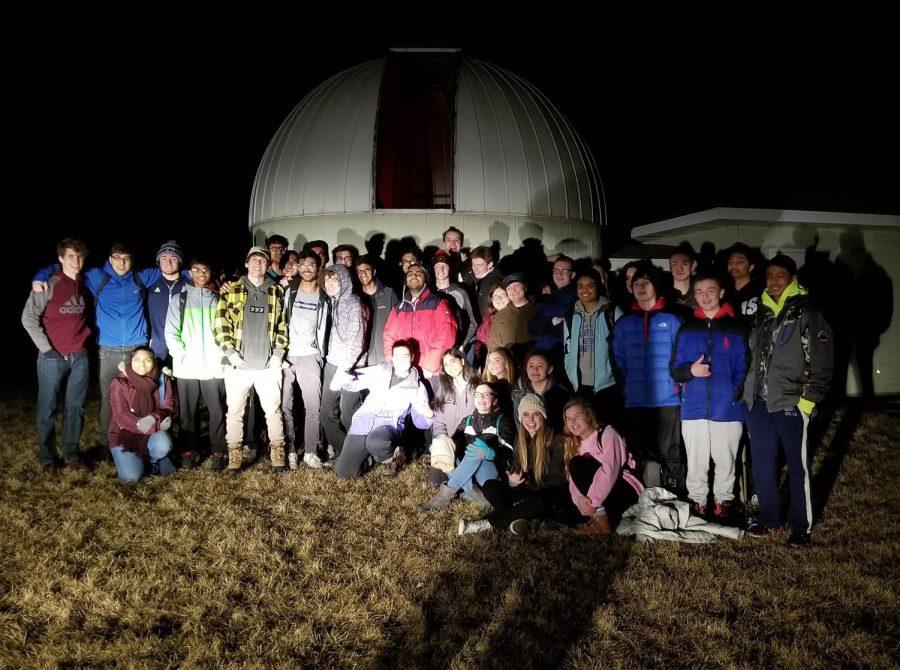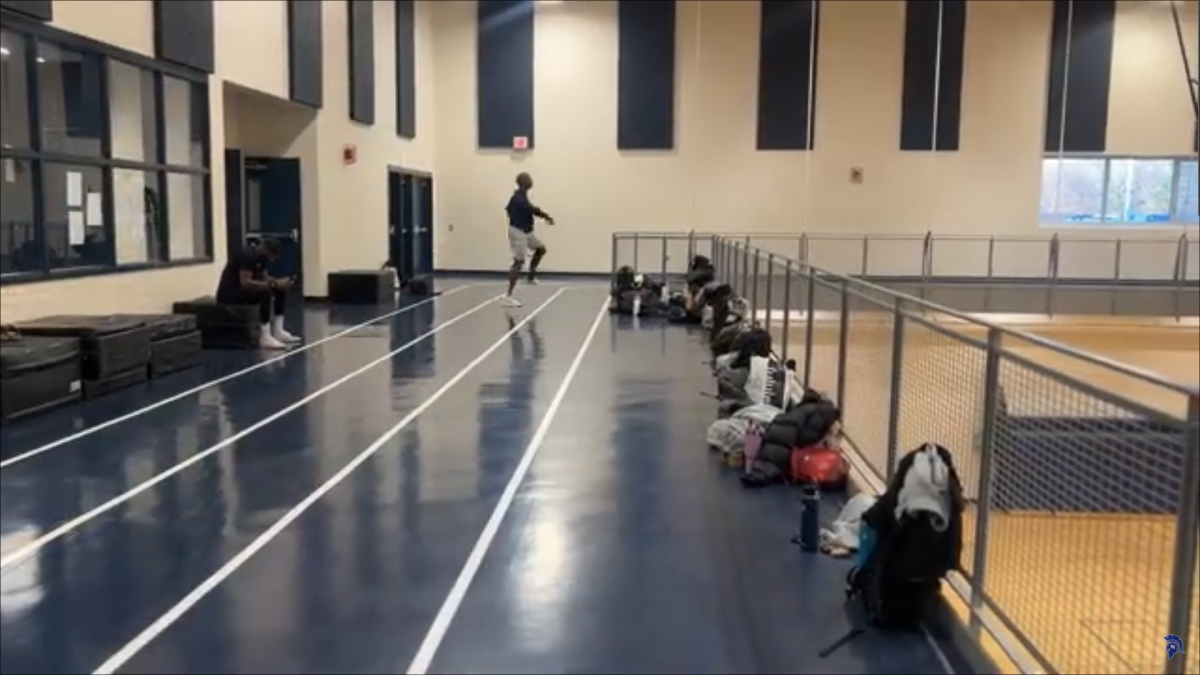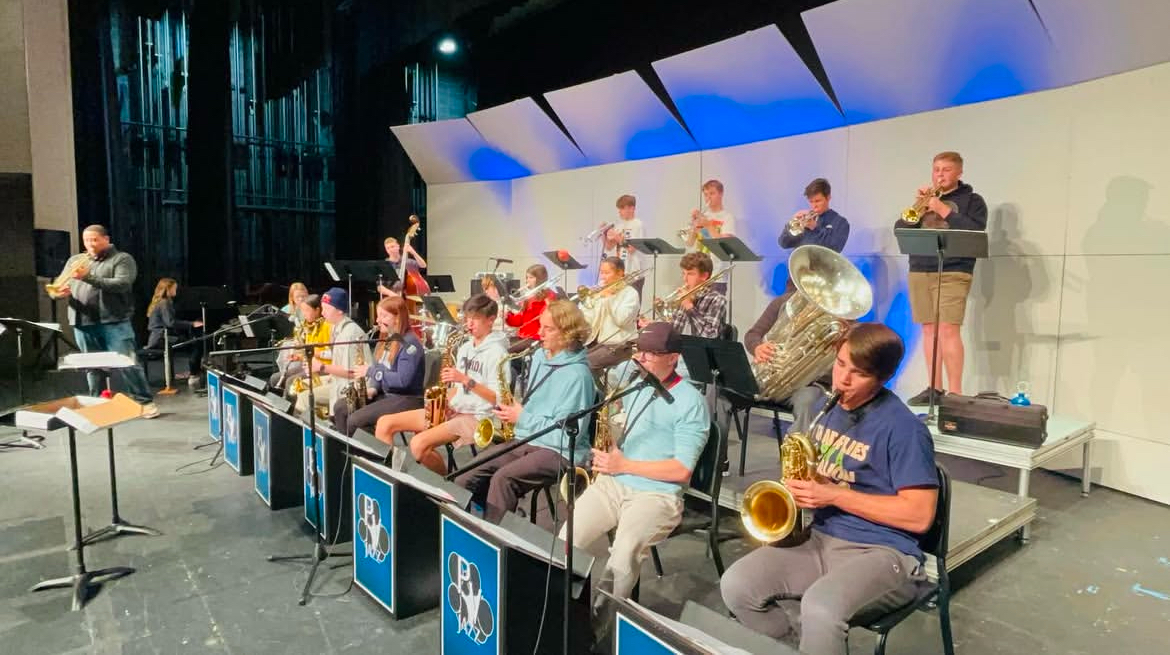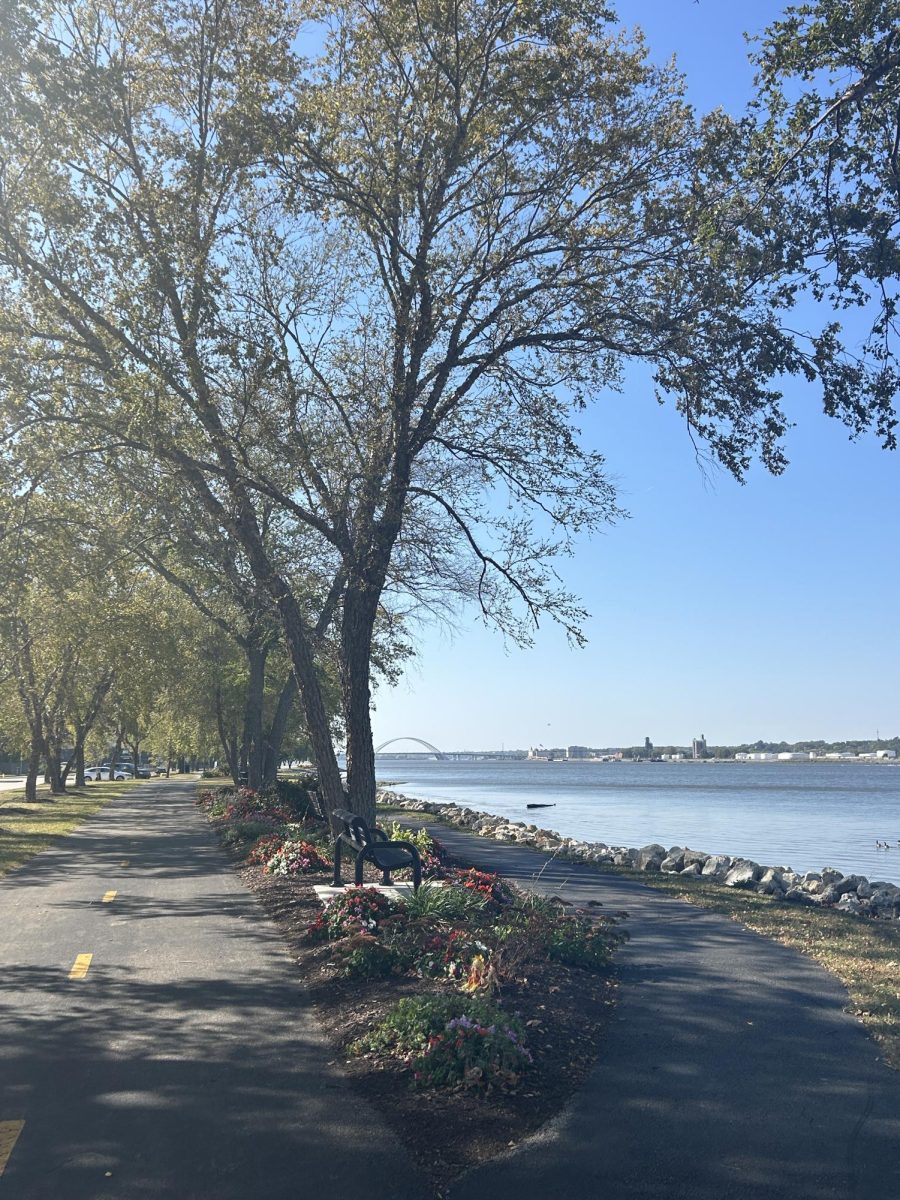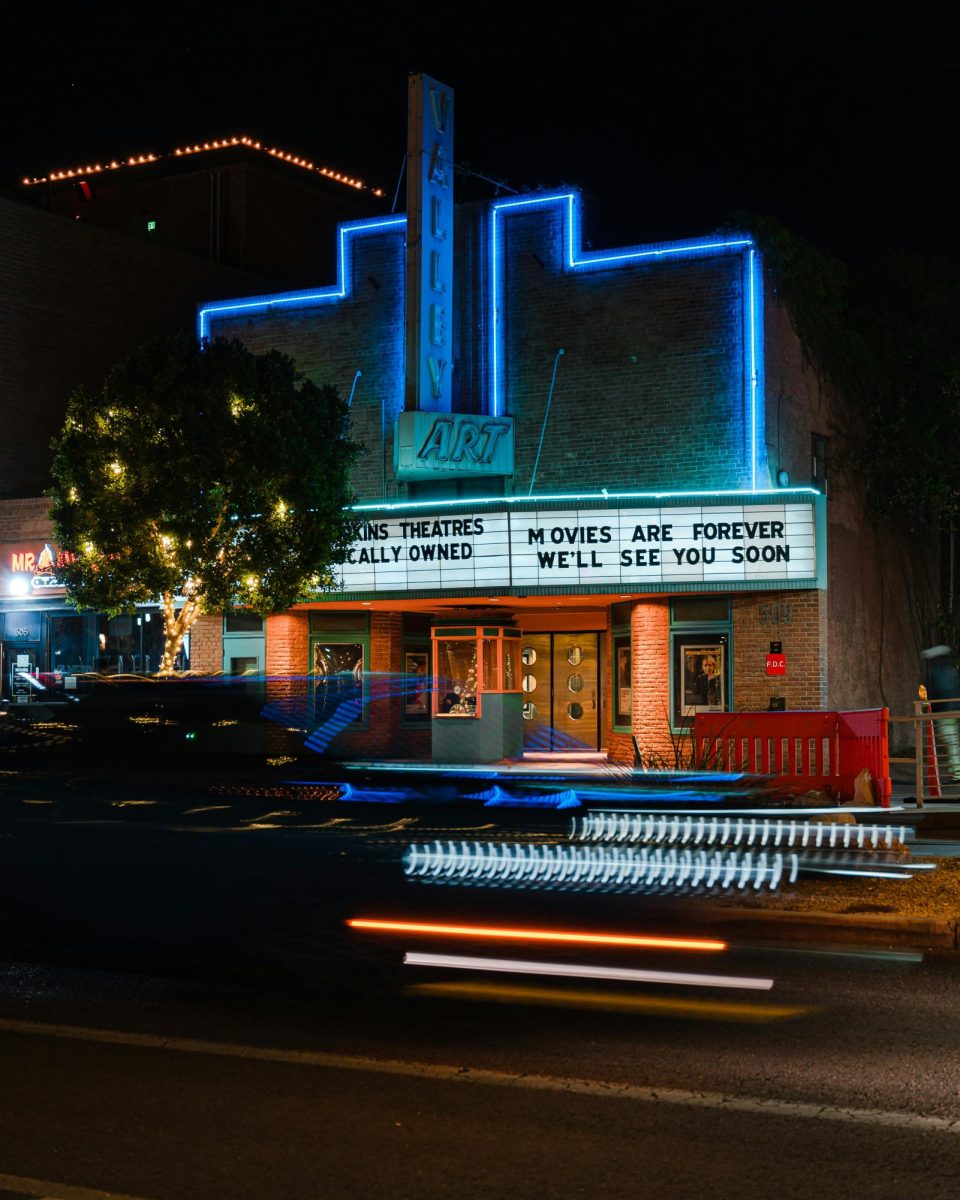All eyes turn towards the sky as the much anticipated comet makes its way towards Earth’s atmosphere. Amateurs and astronauts alike rave at the rarity of experiencing a comet with the naked eye. The visibility of the comet without equipment creates a unique opportunity to increase scientific engagement, bringing communities together.
The comet C/2022 E3, fondly referred to as The Green Comet, is making its first appearance since The Stone Age. The nickname refers to its bright green glow, a result of the chemical composition of the comet and its interactions with sunlight as it burns up along Earth’s atmosphere. As extraordinary as the comet sounds in most headlines, trying to view it without equipment is incredibly underwhelming, especially to the untrained eye. Between light pollution, faulty positioning and unfavorable weather, the comet is difficult to pinpoint for most viewers.
Using equipment can help the experience meet expectations. However, access to equipment and a knowledgeable astronomer is seldom available to most. This is where amateur astronomy clubs come in, providing a bridge between expectation and experience. They offer access to equipment and learned members, making the experience more fulfilling.
The Quad Cities is home to its very own amateur astronomy club. The Popular Astronomy Club, founded in 1935 by Carl Gamble, has worked hard to bring the community together in the name of scientific discovery.
Pleasant Valley’s resident astronomer and Astronomy teacher Ian Spangenberg has been tied to the club for years and believes their work makes a great impact on keeping young scientists engaged. “They have the equipment already, they’ve spent the money and gotten nice telescopes, but they also have the know-how, and can help people have the experience they want because they’ve already done that background work,” he said.
Spangenberg spoke about the difficulty of learning astronomy, as it can be an intimidating process. The interwoven nature of astronomy makes it difficult to start learning without falling down a rabbit hole of required prior knowledge and confusing terminology. Community outreach on a more basic level helps young scientists and first time astronomers have a more fulfilling experience and aids in nurturing their curiosity without intimidation.
Pleasant Valley alum Ashley Linquist often visited Spangenberg during her free period to learn more about physics and astronomy outside of class. “Sometimes it’s hard to know what questions to ask and having someone I could just go to and say ‘I want to learn interesting stuff’ helped immensely” she shared.
Lindquist attributes much of her continued interest in astronomy to Spangenberg and their enlightening conversations. “[P]eople sometimes see these [STEM] fields as boring and closed off, when in reality there’s a lot of cool stuff to see,” she continued. Lindquist often spends her time volunteering at observing nights at the University of Iowa, and finds joy in seeing people’s curiosity in a subject she enjoys so much.
The Popular Astronomy Club holds observing nights for QC residents, allowing curious minds to come together and learn in an encouraging environment. Their efforts towards spreading scientific curiosity and providing resources to the community are appreciated by many.
In 2017, the club was recognized by NASA for its efforts in preparing the community for the solar eclipse.
Pleasant Valley has its own reason to show gratitude to the PAC and its constituents. Last year, long time member and amateur astronomer Terry Dufek donated his telescope to the PV Astronomy club with hope the students would be able to further their own curiosity.
to inspire scientific curiosity in students
The Pleasant Valley Astronomy Club has high hopes for the telescope, and is excited to put it to use. Spangenberg, who mentors the club, hopes to help meet student’s expectations and
. The club’s next astronomy night is set for Feb. 18, and they hope to catch a glimpse of the comet before it continues on its journey through the solar system.

